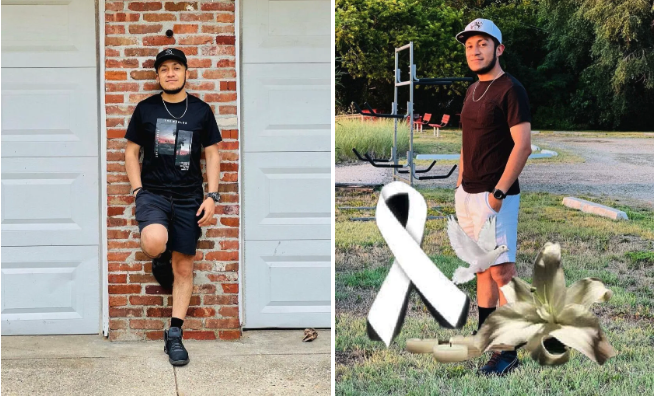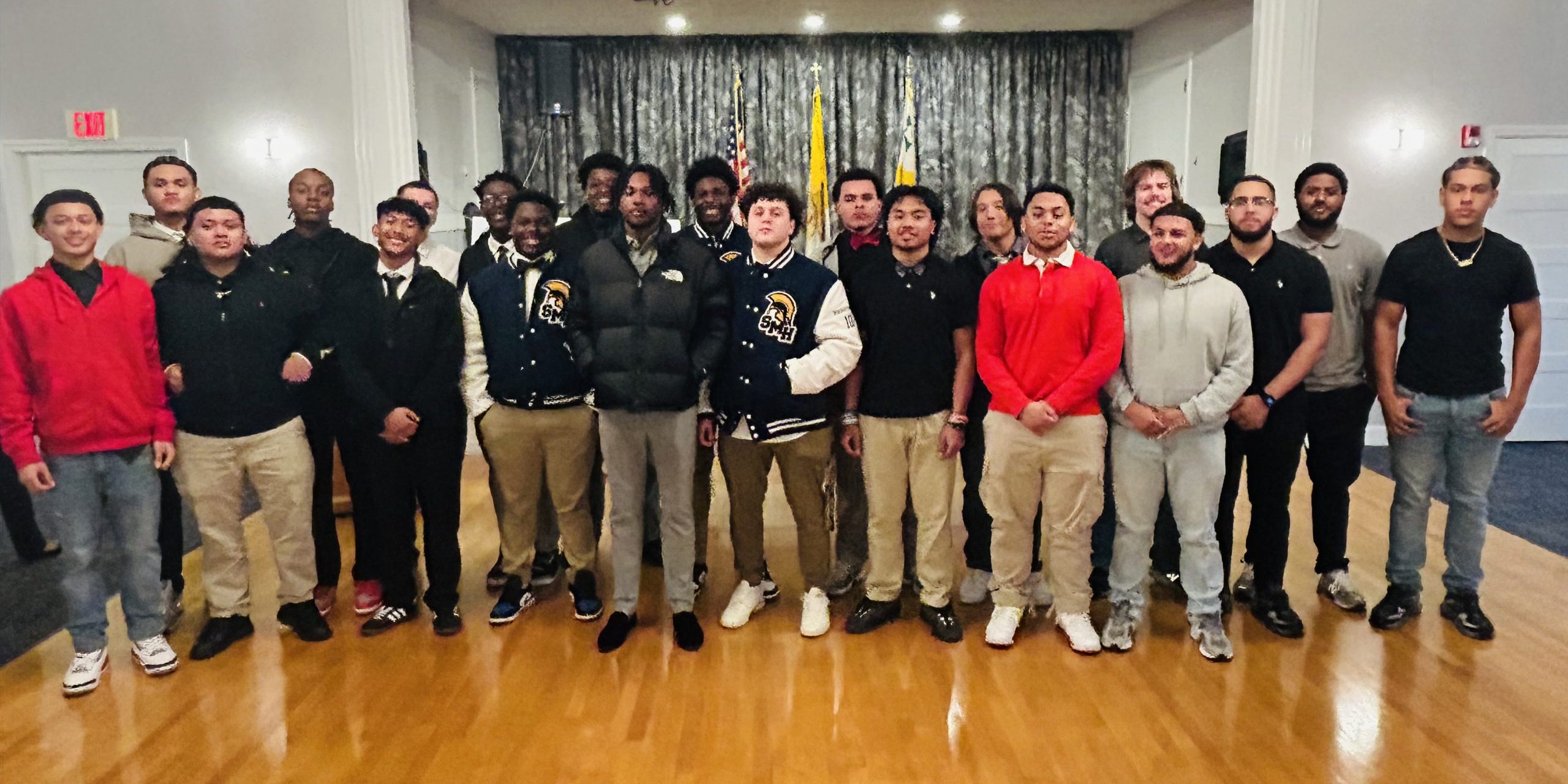

[ad_1]
The Swampscott Conservancy
“Don’t it always seem to go / That you don’t know what you’ve got til it’s gone / They paved paradise, put up a parking lot.”
As some of you might remember, those are the lyrics from Joni Mitchell’s 1970 song “Big Yellow Taxi.” It was meant to highlight the problem of urban sprawl and the loss of the natural landscape. It warned us that we needed to appreciate and care for nature before it was too late.
Today, we have the rare opportunity to do the reverse at the Hawthorne restaurant property that was purchased by the Town of Swampscott. We have the chance to tear down a building and parking lot and put up paradise — in the form of beautifully designed public open space with impressive views of Nahant Bay.
Over the years, waterfront access — and open space in general — has decreased significantly in Swampscott, giving way to the push of development. And Swampscott is not alone. Up and down the Massachusetts coastline, construction of homes, buildings, roads, and infrastructure has altered the natural landscape. As a result, the public’s connection to the sea has been slowly diminished. This is regrettable because for many coastal communities that is what gives residents a sense of place and identity.
So what better way to secure and enhance people’s connection to the ocean than by creating an oceanfront park at the Hawthorne property? And that is what the residents apparently want to happen. In the Town Meeting that approved the purchase of the property and in the several public forums held since, the majority of people have expressed a preference for using the property as a public park and plaza.
But what is currently proposed is a large structure housing a public library that takes up most of the site: swampscottma.gov/home/news/emerging-vision-hawthorne-preliminary-concept-revealed
Any building, even if mostly glass as the town’s design for the library proposes, will block and separate — both physically and psychologically — the waterfront from the street and the town, once again diminishing our sense of openness to and connection with the sea which a public park and plaza would provide. When the town purchased the property, many minds envisioned an open, inviting space that included, among other things, terraces, native plantings and gardens, play structures, bathrooms, a stage area for performances, and seating areas to enjoy the spectacular views of the ocean. A park that could be used year-round, not just in the warmer months, but for events similar to Salem’s successful Frozen Fire Festival, which has entertainment, crafts, and igloos, or amenities such as outdoor skating.
In addition to strengthening the public’s connection to the sea and the aesthetics of having a beautifully designed park, there are health and economic reasons for having the property as open space. According to the National Recreation and Parks Association, parks are emerging as important public health solutions in urban communities. “Nearly 40 years of research evidence confirms that nearby nature, including parks, gardens, the urban forest and green spaces, support human health and wellness.” In fact, the importance of being outdoors in green spaces has led to a growing number of physicians issuing so-called “park prescriptions” to patients, both young and old, to spend more time outside to improve their mental and physical health.
As for economic concerns, the cost of constructing a state-of-the-art park would be significantly lower than erecting a building (the proposed library is estimated to cost $30 million). And park maintenance would also be less expensive than that of a building having lighting and heating, as well as repair and upkeep costs. But what is just as important, according to many studies, including a Trust for Public Land report, “new parks have invigorated downtown businesses and neighborhood economies.” If the goal is to bring people to the downtown, a park and public plaza will accomplish that purpose.
Fredrick Law Omstead, who designed Swampscott’s Historic District is quoted as saying that parks are the “lungs of the city” and “the heart of the community.” He also believed that they were “the perfect antidote to the stress and artificialness of urban life.” There seems little doubt he would have supported designing and developing the Hawthorne property as an open-air park and public plaza – one that would give people space to breathe and that would be the heart of the community.
There will be a public forum on May 16 at 6 p.m. at the Swampscott High School providing an opportunity for feedback on the new proposal to build a library on the Hawthorne site and exploring potential alternative uses for the property.
Joni Mitchell’s song implies that once paved over into a parking lot, paradise is irretrievably lost, there’s no way back. But here is an opportunity to do just that, to turn a parking lot into a beautiful public space right in our own neighborhood. As the Select Board phrased it, “it’s a once in a generation opportunity.”
Nature in the Neighborhood is a monthly feature provided by the Swampscott Conservancy and submitted by Conservancy President Tonia Bandrowicz.
[ad_2]
Source link
24World Media does not take any responsibility of the information you see on this page. The content this page contains is from independent third-party content provider. If you have any concerns regarding the content, please free to write us here: contact@24worldmedia.com

Zosia VanMeter becomes Director of Inspection

Saugus playground gets revamped – Itemlive

Fatal Mattituck fire raises questions about rental safety

Photos: CAST’s 5th Annual Festival of Trees lights up Treiber Farms in Peconic

Daily Update: Fatal Mattituck fire raises questions about rental safety

Lynn football luncheon scores big

Police Logs 11/27/24 – Itemlive

Marblehead strike settled – Itemlive

Four Classical greats honored in City Hall

Swampscott hosts Thanksgiving Hero Meals

Controversial project redesign OK’d in Peabody

LYSOA celebrates its relaunch with a new logo and expanded program